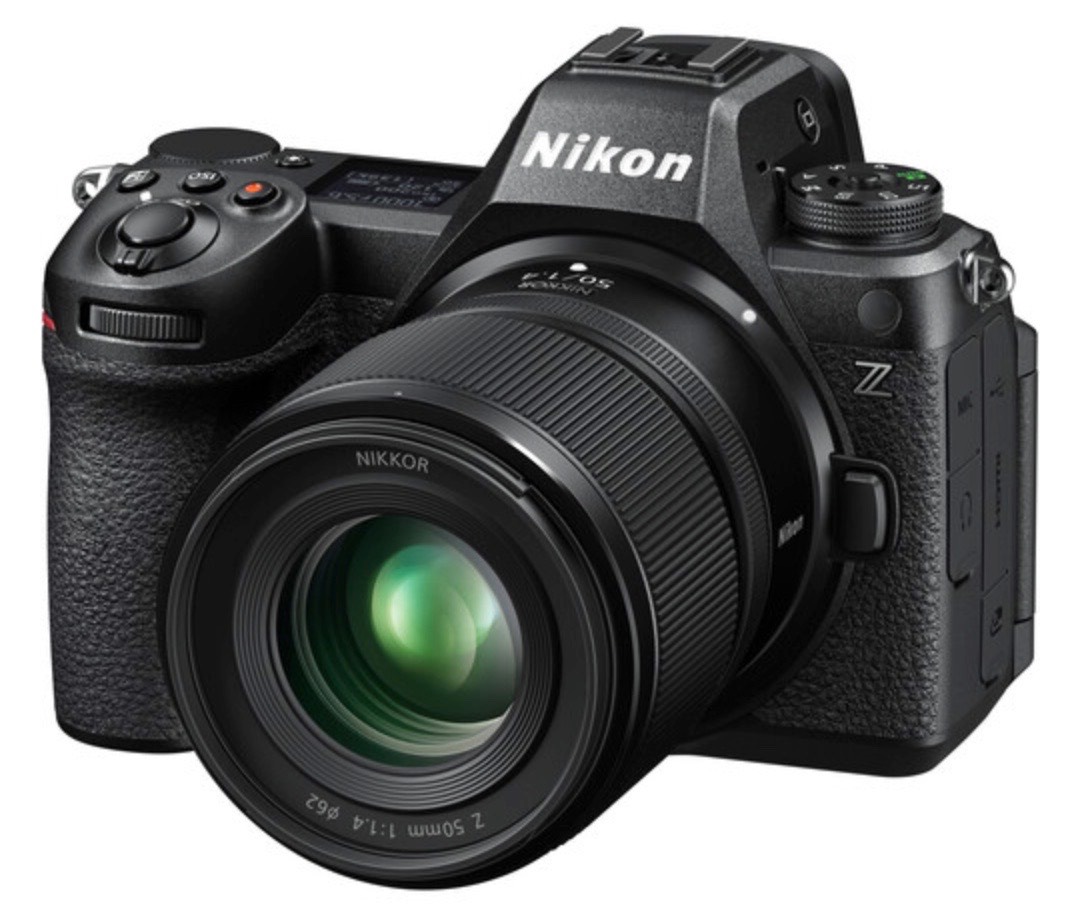
Nikon introduced the 50mm f/1.4, giving us four different autofocus 50mm Z-mount choices (50mm f/1.2 S, 50mm f/1.4, 50mm f/1.8 S, and 50mm f/2.8 MC). Couple that with the near-normal 40mm f/2 and some third party choices, and we have quite a range of lenses available now for the traditional "normal" lens.
The question I see a lot of Z users asking is "why?"
I understand the thought behind the question, as producing so many primes in such a narrow band—now seven lenses between 35mm or 50mm—feels like too much trying to do the same as before (film, DSLR), and not enough exploring new options. Still, I think Nikon has clearly revealed their hand with the prime lenses:
- Z5 and Zf users — being targeted with smaller, lighter, less expensive primes. The fact that these are 24mp sensor cameras targeting more the entry/casual full frame user means that optical clarity at high resolution isn't the design target. Lenses that fit this category are: 28mm f/2.8, 35mm f/1.4, 40mm f/2, 50mm f/1.4, 50mm f/2.8. Low price tends to be one of the design factors in this grouping.
- Z6 and Z7 users — a step upward. Many of these users were among the first to move from DSLR to mirrorless, and wanted more than just a "body switch." The got what they wanted in the primes with the initial f/1.8 S lenses, which have now extended to 20mm, 24mm, 35mm, 50mm, and 85mm focal lengths. Some might put the Micro-Nikkor 105mm f/2.8 S VR in this category, as well. Price isn't too high, but neither is pricing in this group what you'd call bargains, either.
- Z8 and Z9 users — the top group of camera users have been targeted with exceptionally good, fast primes: the not-yet-released 35mm f/1.2 S, the 50mm f/1.2 S, the 85mm f/1.2 S, and the 135mm f/1.8 S Plena. These lenses command top prices, but deliver phenomenal imagery that is likely to still be seen when these higher resolution cameras get megapixel bumps.
To some degree, the same can be said for zoom lenses (wide angle, mid-range, telephoto), though we have more missing choices there.
Building a full line of lenses for a mount is a long-term project, not one that gets done quickly. Nikon tackled higher capability lenses first, while Sony in the original FE push tackled the lower end. Now the trend is mostly reversed, with the latest Sony FE primes being mostly high end and Nikon now filling in the lower line. Next up in that lower line probably ought to be an 85mm f/1.4, though some might say 24mm or 28mm should be next.
Nikon doesn't have an easy job now. The Chinese lens makes, taken together, have made a huge dent in the autofocus prime lens market with very good optics at reasonable prices. Long term, I don't think that bodes well for too many more lower-cost Nikkor primes coming. My advice to the Nikkor team would be to fill out the missing middle and high end lenses quickly (both prime and zoom) before the Chinese manage to get there.
Nikon management set an attach rate goal—number of lenses sold per body—at 2.0 some time ago. They finished the previous year at 1.56, slightly lower than the industry average. Their current year forecast is 1.59, which doesn't seem to indicate much progress is being made towards the stated goal.
Frankly, I don't see them hitting their target, ever. Eight lenses a year is basically the top end of what Nikon has managed in the digital era (if we ignore one year when the Nikon 1 CX lenses distorted the numbers briefly). So far this year we've had three lens introductions, though I currently expect at least three, and possibly four more. But at that low number of new choices, Nikon would have to hit a couple of incredible home runs at very reasonable pricing to boost lens attachment rate. As the 180-600mm f/5.6-6.3 VR proved, even when you have that home run lens, you might not be able to produce enough to change the attach rate.
